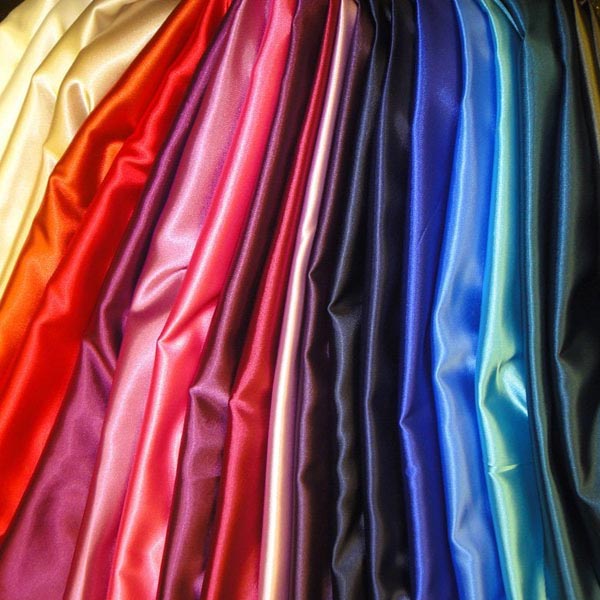The resurgence of nightgowns for a modern woman
It’s no secret that at LadyNightWear.com we’re big fans of the classic women’s nightgown. Thigh, knee or floor-length, cotton, satin or lace, we love them all. But we also know that in decades past these wonderful items of clothing fell out of fashion with younger audiences. You can imagine then, how pleased we are to see this understated piece coming back into popularity with millennial generations.
Femininity with a difference
The concept of femininity has changed through the decades, as has what it means to be “womanly”. Women are now free to redefine the narrative, demonstrating through their own fashion choices what makes them unique. The modern woman is reclaiming the feminine look of yesteryear, making it her own.
Stylish at all hours
Many fashion-forward women aren’t content to leave their style behind when the sun goes down. A modern nightgown in vivid colour, classic style or bold print allows you to make a statement at any time, night or day.
Treat yourself
What better way to demonstrate self-care than by dressing up purely for yourself, even when no-one is watching? A loose draping of satin is far more luxurious when relaxing after a long day than elastane or jersey.
So why not give one of our range of beautiful modern nightgowns a try? You’ll never turn back.


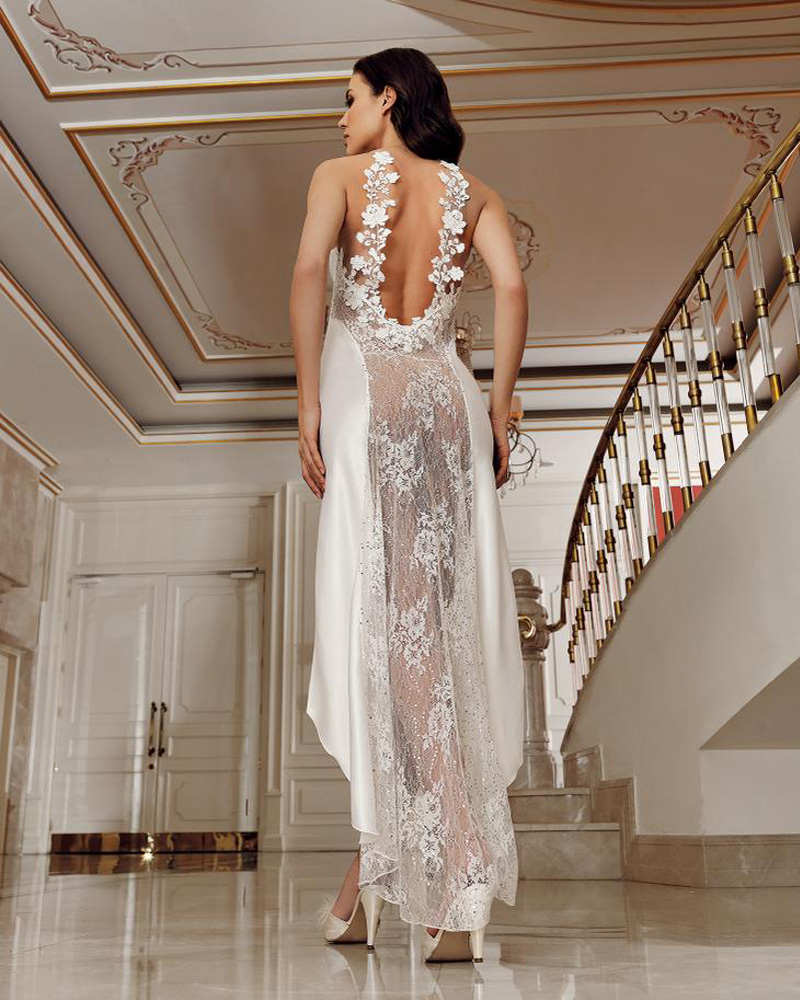
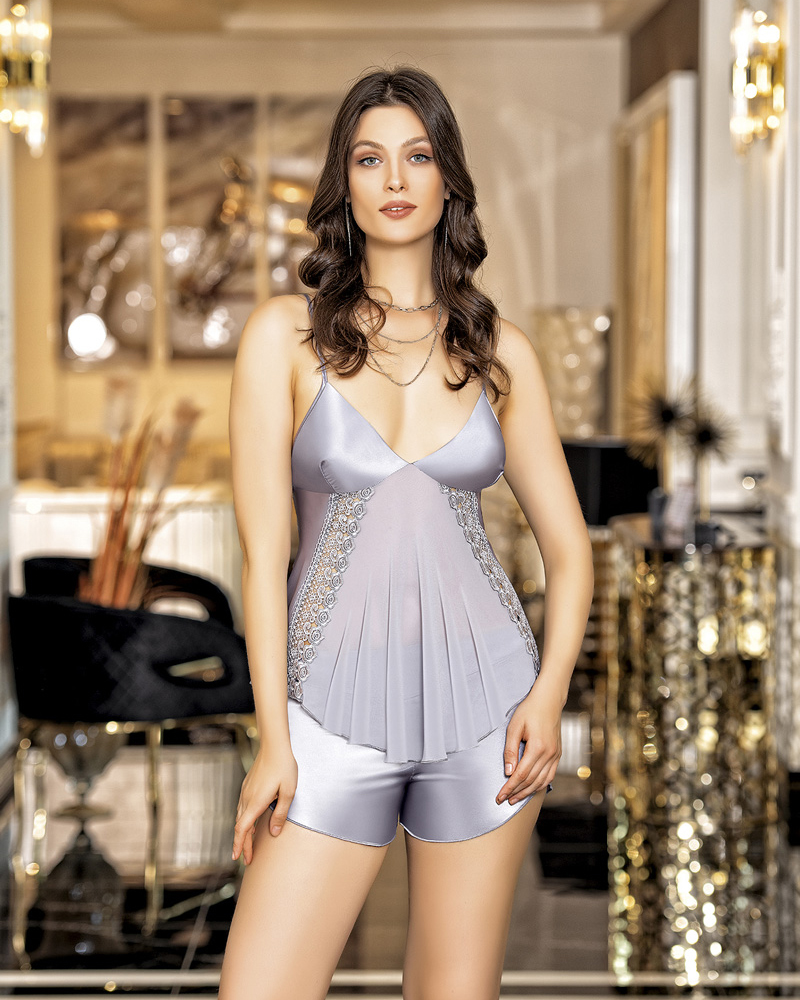

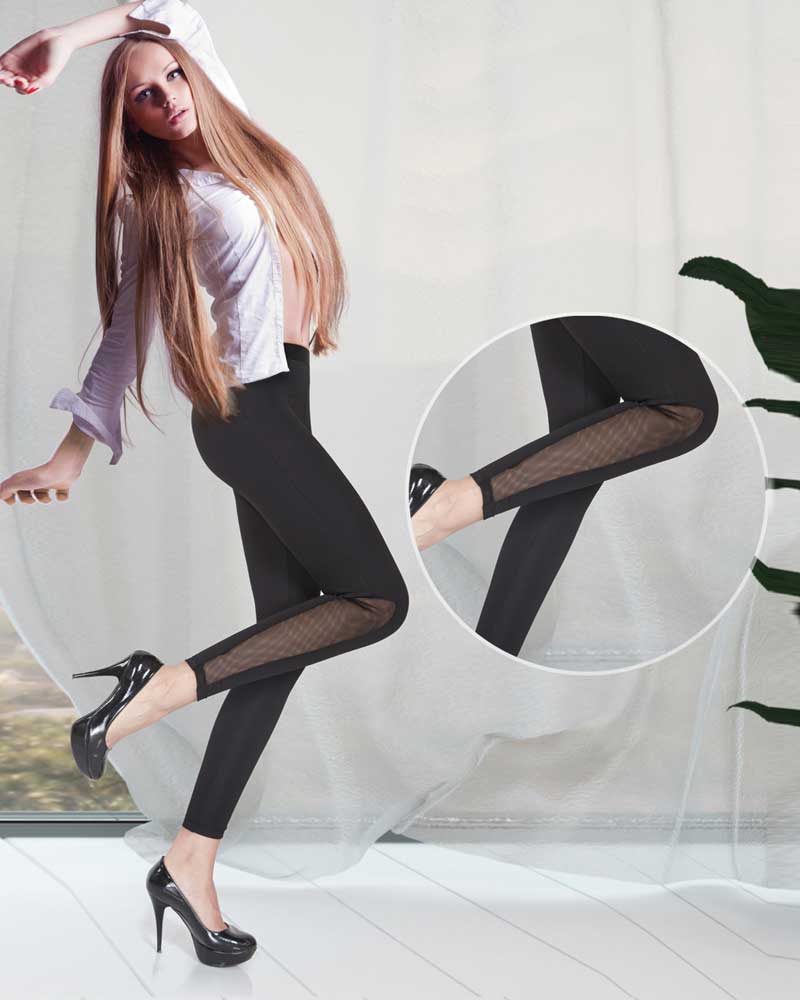
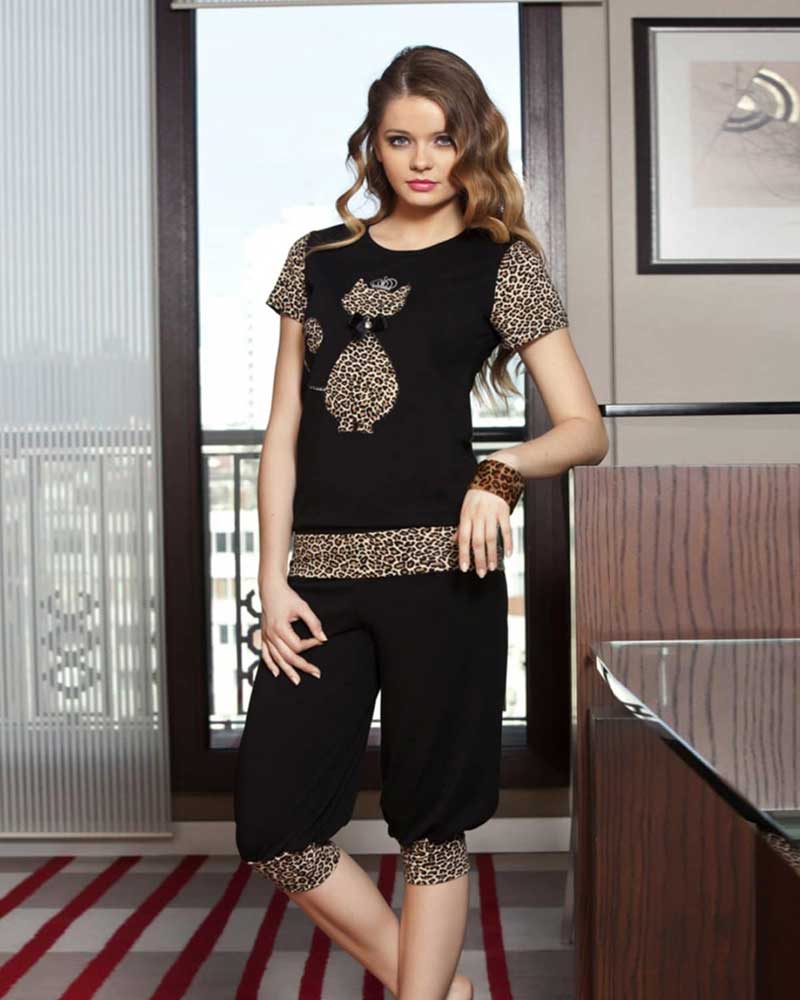
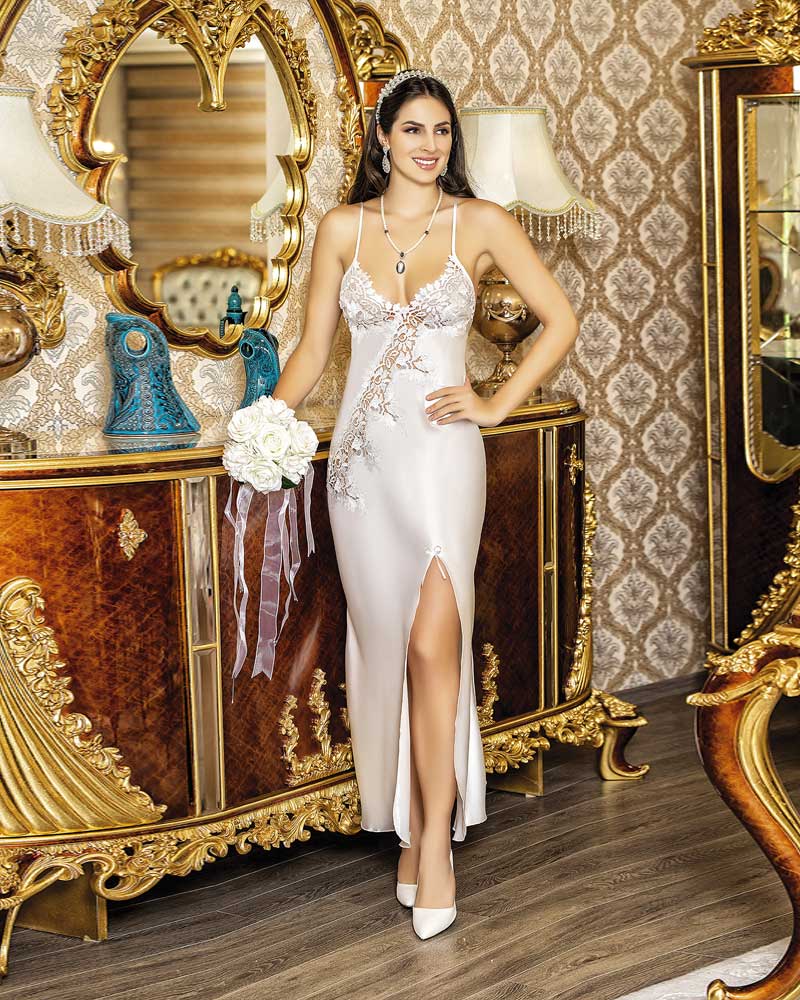
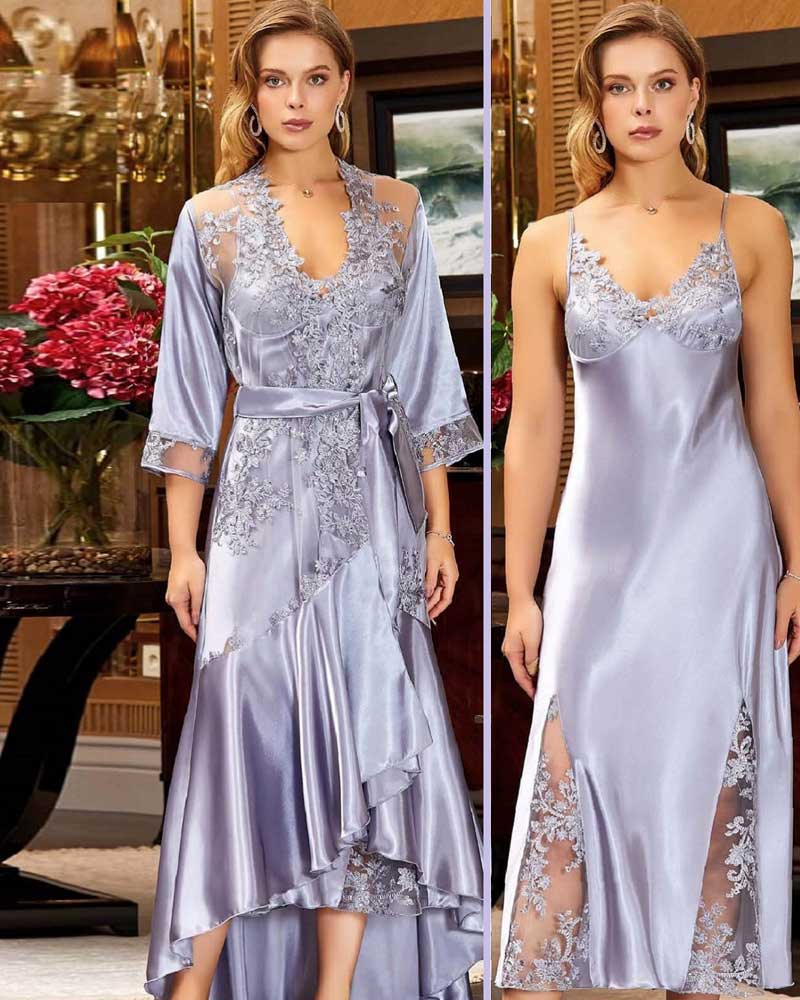
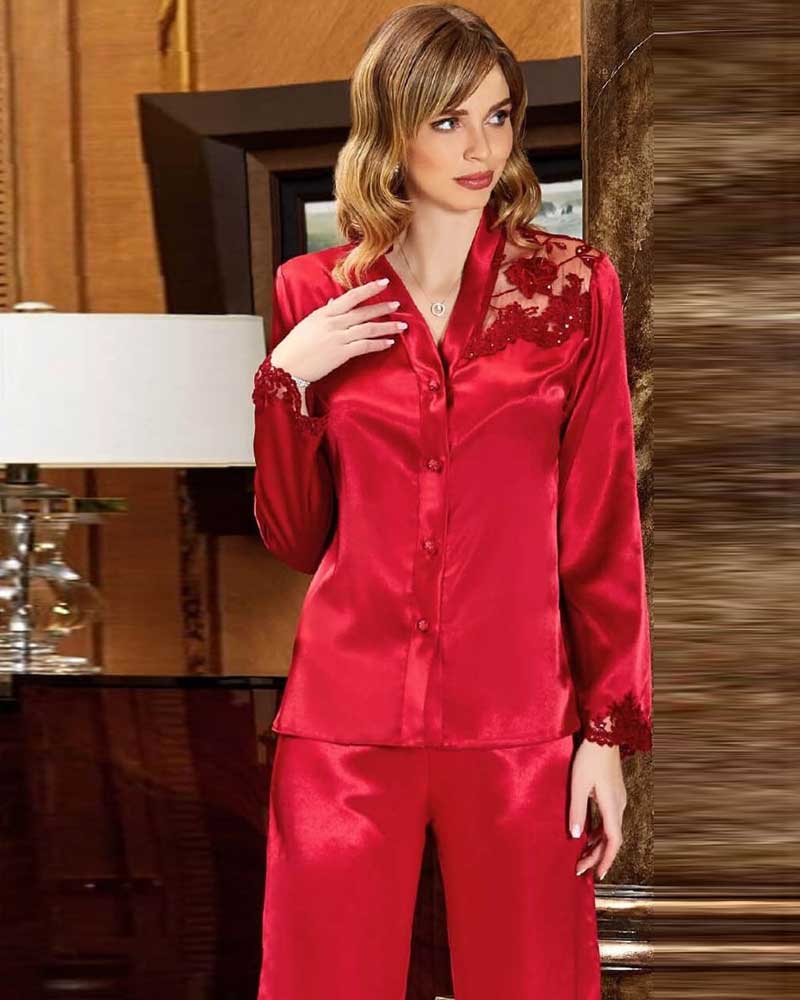
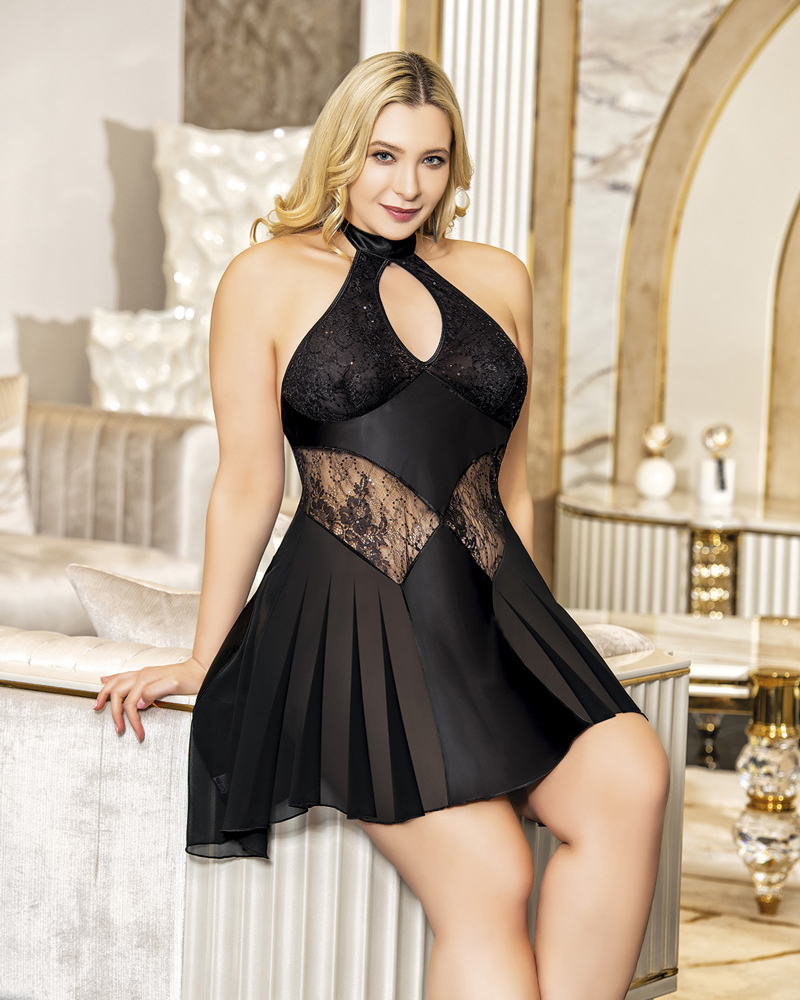
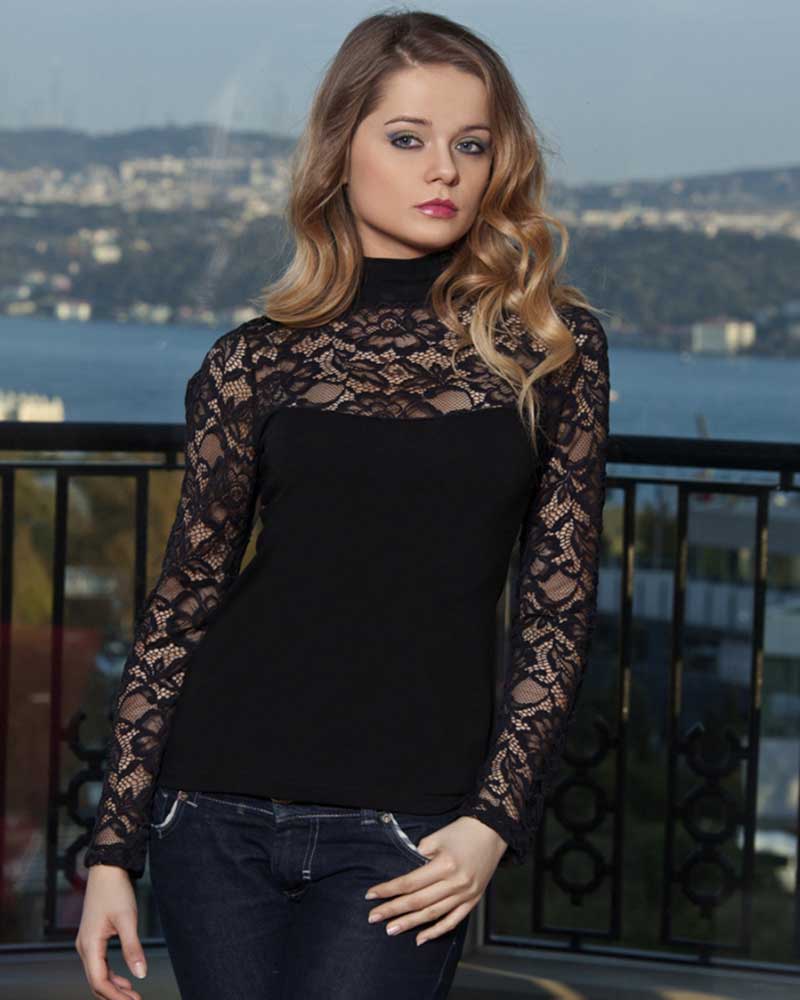
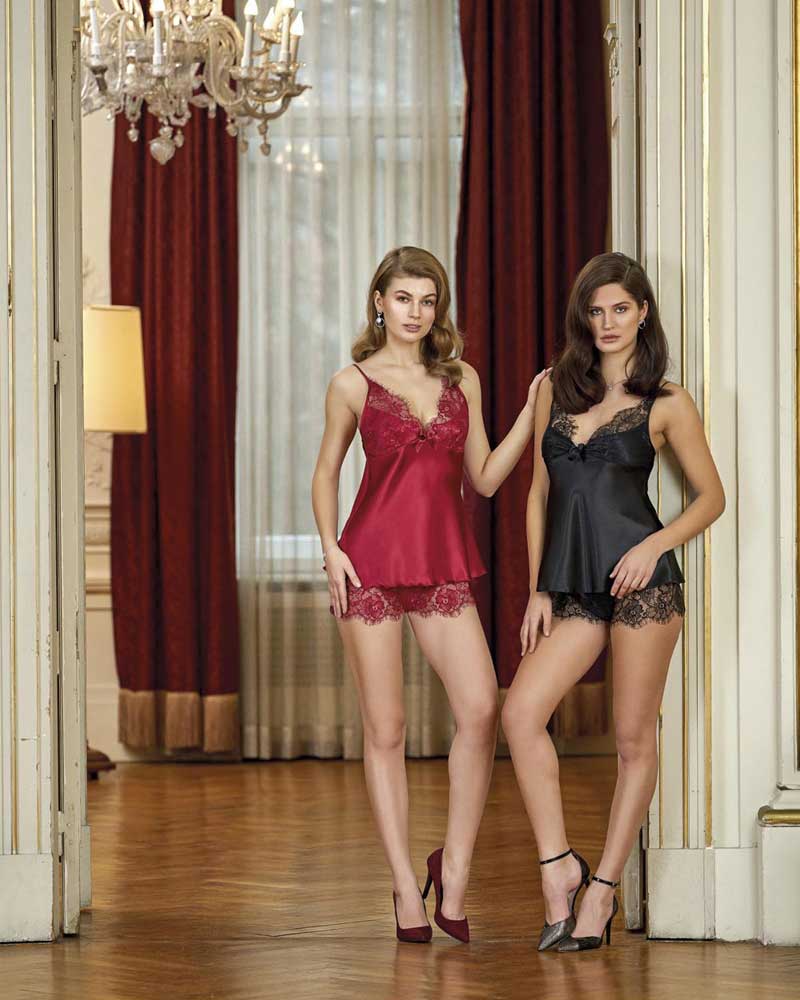


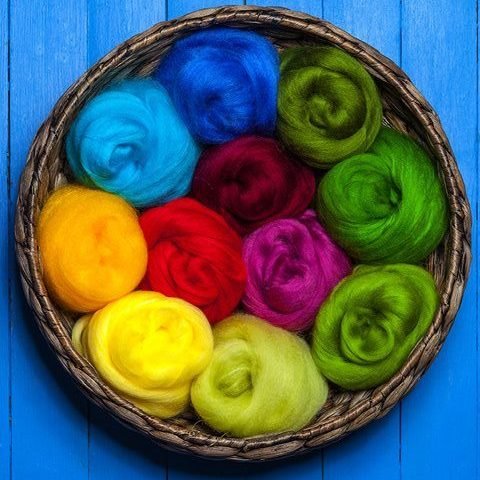
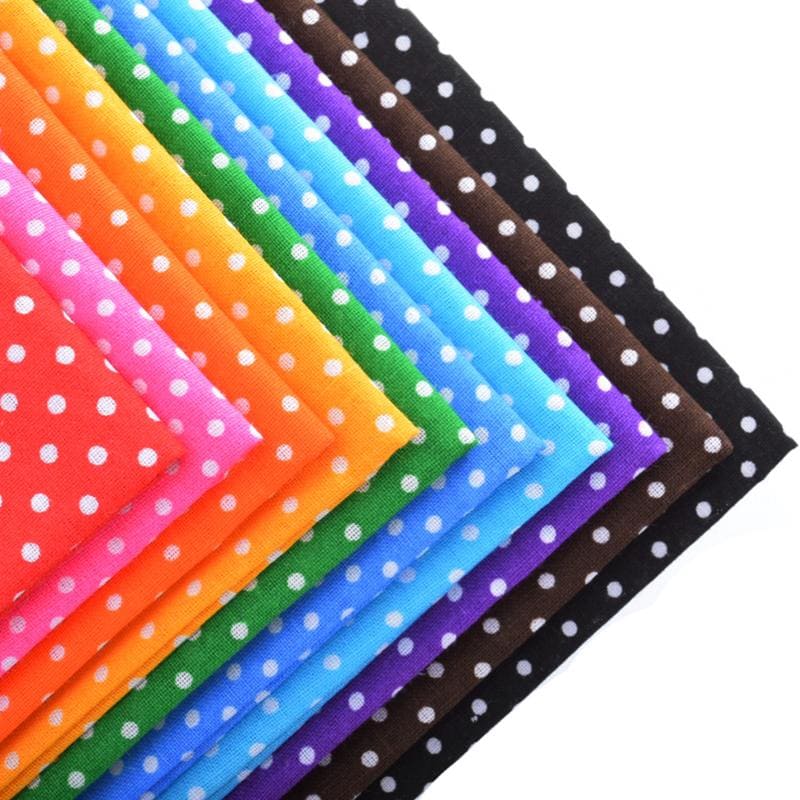
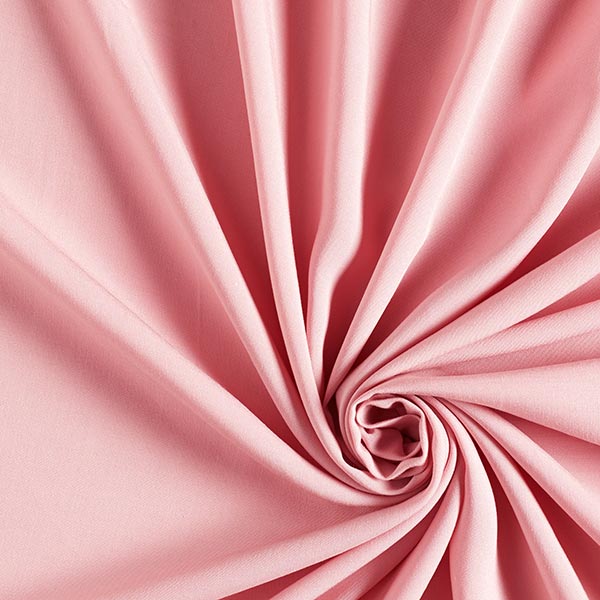


 Cutting properties : Better laces are generally smoother on the wrong side. Most laces do not ravel. Some laces have no selvage. Most laces have horizontal and vertical motifs that must be matched like plaids – note, however, that you may not be able to match motifs perfectly if your garment design includes flare, taper or other shaping. In addition, many laces have a one-way design and hence one should cut these in a single layer layout, doubling the pattern pieces that need to be cut in pairs. You may want to cut the lace while it is lying on a flannel fabric to prevent it sliding around. Most laces require that you allow for extra fabric in order to position the motifs in useful and interesting ways. Lace scraps can sometimes be used for appliqués or other projects.
Cutting properties : Better laces are generally smoother on the wrong side. Most laces do not ravel. Some laces have no selvage. Most laces have horizontal and vertical motifs that must be matched like plaids – note, however, that you may not be able to match motifs perfectly if your garment design includes flare, taper or other shaping. In addition, many laces have a one-way design and hence one should cut these in a single layer layout, doubling the pattern pieces that need to be cut in pairs. You may want to cut the lace while it is lying on a flannel fabric to prevent it sliding around. Most laces require that you allow for extra fabric in order to position the motifs in useful and interesting ways. Lace scraps can sometimes be used for appliqués or other projects.